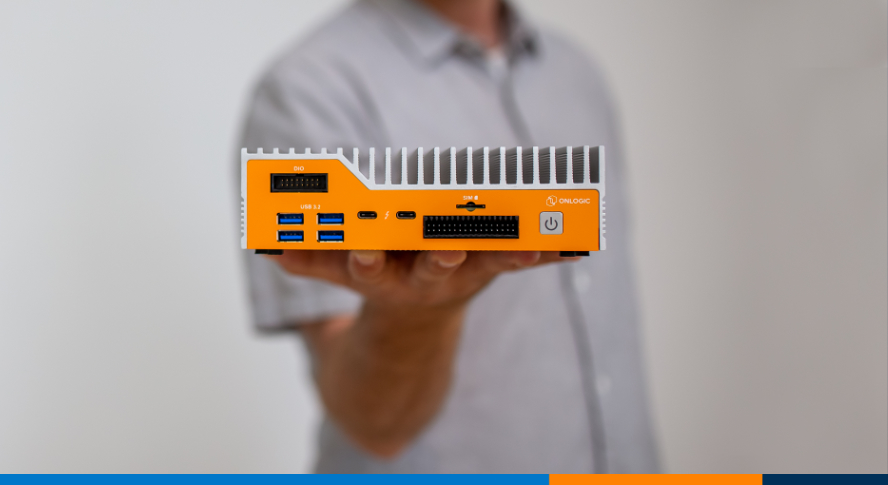The Different Kinds of Fanless Computers: Fanless Ventless vs Fanless Vented
Fanless computers frequently get lumped together into one broad category. There’s a misconception that any computer without a fan is suitable for industrial use. Over time, the terms “fanless computer” and “industrial computer” have even started to be used interchangeably in some cases. The truth is that simply removing active cooling doesn’t, on its own, make a computer more suitable for industrial environments.
So, what are the different types of fanless computers? In our Tech Edge video, Hans Brakeley, Director of Mechanical Engineering at OnLogic, takes you through three types of fanless hardware and explains when and how you might consider using them. Check out the video below or keep reading to learn more.
Fanless ventless computers
Fanless ventless systems, like the Helix 511, have been designed by our team of engineers to cool the internal components with no passive air flow through the chassis. Removing all vent holes for passive airflow significantly reduces the ability for dust and other airborne particulates to enter the chassis. Because of this, fanless ventless computers are often used in industrial environments where airborne particulates such as dirt, dust, and metal/wood shavings may be high.
Due to the removal of the fan, fanless ventless computers rely on fanless cooling to prevent the system from overheating. To learn more about fanless cooling, check out our blog on how it works.
Fanless vented computers
Many systems on the market have a fanless vented design, featuring significant open areas in the chassis walls for passive airflow. The solution of using internal passive airflow to cool the product is a viable solution, but exposes the system to the same risk as a typical fanned PC. Airborne particulates are still able to find their way into the system, reducing cooling efficiency of the components. The particulate that enters the system essentially acts as insulation which can cause issues with how the system runs.
When particulate such as dust enters a system, it can quickly accumulate and build up on the fan, causing it to slow down or even fail entirely, leading to costly downtime. The benefits of fanless PCs make them the ideal system for many applications.
However, there are times when your industrial computer might need more cooling. For example, if your application requires the use of a high powered graphics card consuming hundreds of watts of power. Having airflow through the chassis will likely be necessary to keep it cool and performing at its peak. If you’re really stepping up the wattage, the use of fans to cool the GPU or other components and avoid failures or throttled performance is usually going to become necessary. That’s when a fanless hybrid computer is a great option.
Fanless hybrid cooling
“To fan or not to fan” doesn’t have to be a yes or no proposition. Fanless hybrid cooling, which is used in our Helix 600, separates components with a physical partition so some can be passively cooled, while other components, like GPUs, can be cooled using fans. This helps limit the risk of particulate ingress to the majority of the system, while still allowing you to leverage higher wattage components. It’s a best of both worlds solution for industrial environments.
Hopefully this helped shed some light on how fanless systems differ. If you still have questions, reach out to our team and we can help guide you to the right solution for your particular project.
Note: This blog was originally posted on May 27th, 2020. It was updated for content on September 26th, 2023.
Get the Latest Tech Updates
Subscribe to our newsletters to get updates from OnLogic delivered straight to your inbox. News and insights from our team of experts are just a click away. Hit the button to head to our subscription page.
Share
More Articles
OnLogic Industrial Computers
Discover OnLogic's multitude of industrial computers that will help you to advance your IoT project
Learn more at OnLogic.com
OnLogic Industrial PCs: Designed to last. Built to order. Delivered in days. Visit our online store at OnLogic.com





